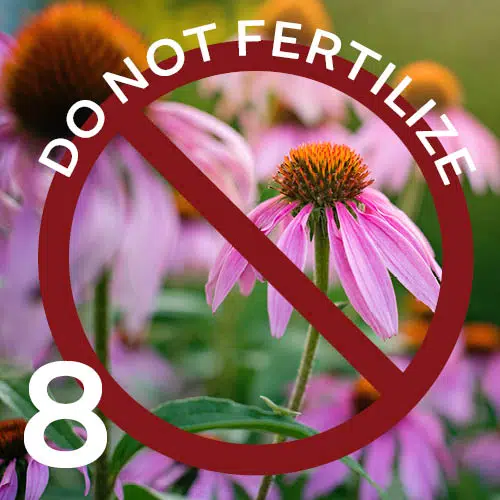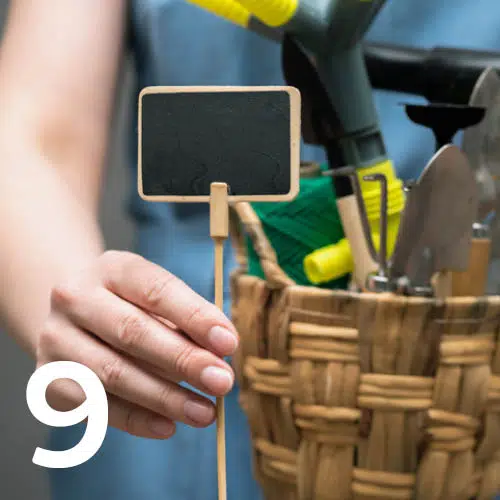Pollinator Kit Planting Guide
Tips & Tricks for Pollinator Planting

Thank you for purchasing a Holden Forests & Gardens Pollinator kit!
You know what they say, “Build it and they will come”. You are on your way to creating a beautiful pollinator habitat!
Here are some planting guidelines to help you along the way:

Choose a planting site that receives at least 6 hours of sun a day.

Remove the sod in a 100 square ft space. You can do this by scaping the sod off with a shovel or by covering the area as early as possible in spring with craft or butcher paper. Then covering the paper with mulch or leaves and letting it sit until you are ready to plant..

Once you have removed the sod, you may want to loosen the soil. Just remember, the more you disturb the soil, the more weed seeds you will stir up and expose. Because native plants are adapted to leaner soils, you don’t need to add amendments unless the soil is so poor that even weeds are struggling to survive. Adding compost sparingly will help to add nutrients and help with water retention.

Create your design layout. Check out our helpful charts that will help you design your garden below!
Lay plants in the bed about 18 inches apart. This may seem like a lot of space right now, but the plants will fill in as they grow. It’s best to keep like species together, as pollinators are attracted to masses of color.

Begin to plant. Dig down to the depth of the root ball, about 3 or 4 inches. Gently massage the roots to encourage growth. Place the plant in the hole and cover it with soil just up to the crown of the plant.

Water in well. The plants will need to be watered daily for the next 2 months for the best results. You should not need to water them once the plants are well-established after the first year, except in cases of extended drought.

Mulch. After planting, mulch the area to help reduce weed growth and encourage water retention.

Native plants are already adapted to grow without supplemental fertilizers. Therefore, adding fertilizer is not necessary, and may cause the plants to grow leggy and fall over.

Be sure to label your plants in the bed to help distinguish them from weeds in their early growth period next spring.
How to design your pollinator garden
A successful pollinator garden starts with a beautiful design. Use this chart to determine how to lay out your plants. Your planting area should be 9 feet long and 13 feet wide. Be sure to give your plants 18 inches on all sides to allow room for their roots to grow.







